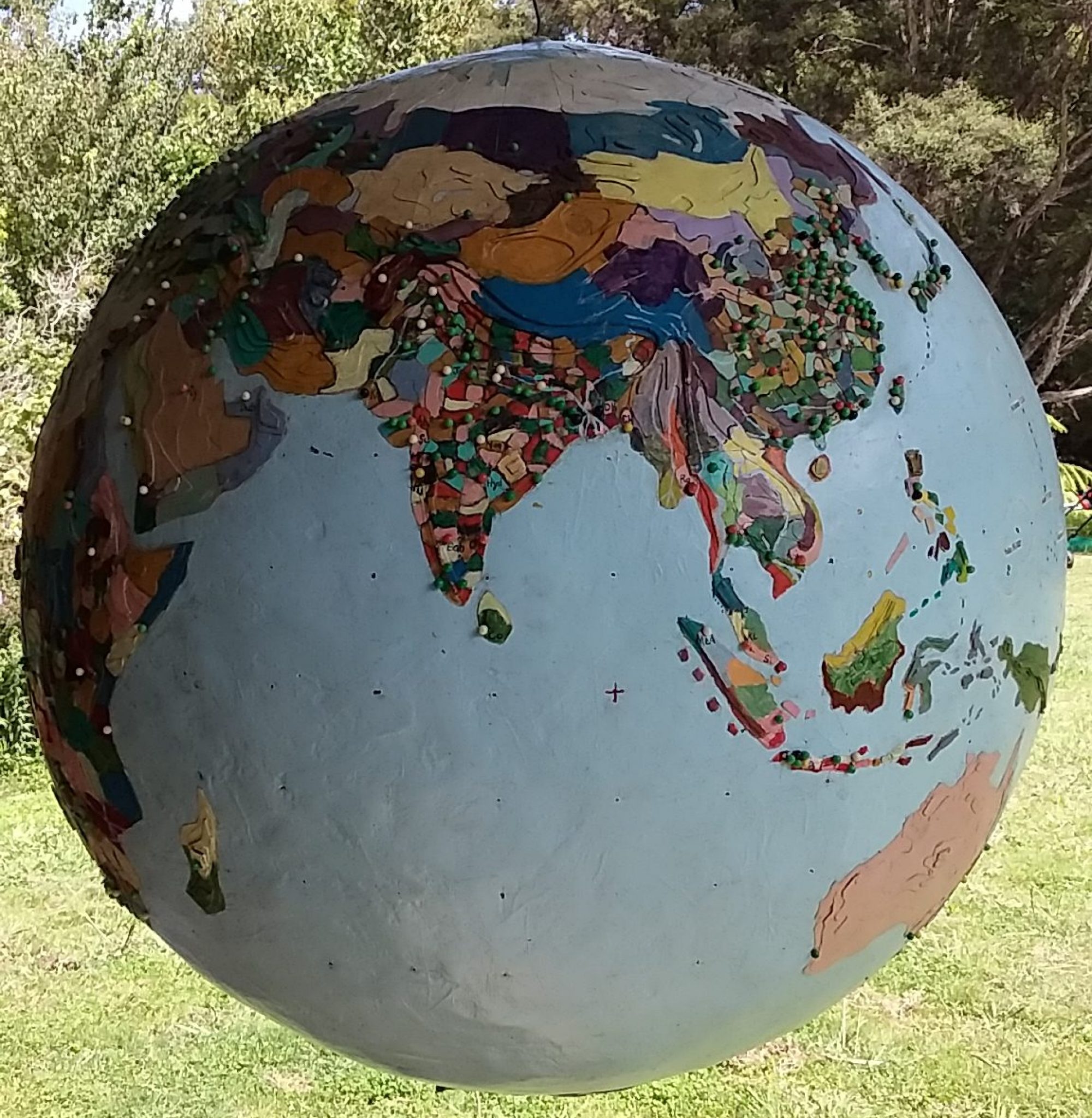A decades ago, when I first ran the millisphere focus over the globe, Lebanon (2007 population 4 million) just qualified as a millisphere.
At the time I called this millisphere “Phoenicia” because I had included the “European” island states of Cyprus and Malta — whose populations are genetically similar to the Lebanese because of their shared Phoenician seafaring history and the maritime highway the crusaders took to the Levant.
With a 2017 population over six million, and the recent shock resignation of their Prime Minister, Saad al-Hariri, it is timely to focus on the millisphere of Lebanon.
The phenomenal 50 per cent population increase in a decade is a result of 1.7 million Syrian refugees arriving in the past five years. Lebanon’s 2014 population of 5.8 million was divided — 4.1m Lebanese; 1.1m Syrian refugees and nearly half a million Palestinian refugees.
It is estimated that there are about 14 million Lebanese worldwide. During the 1975-1999 Lebanese civil war, which included ethnic cleansing by both sides, one million Lebanese emigrated, but they had been leaving for decades.
Fortune magazine’s “world’s wealthiest man” is Carlos Slim, the son of Lebanese immigrants to Mexico. Eighty per cent of the Lebanese diaspora are Christian and there are six million Lebanese living in Brazil alone.
As at 2012, Lebanon was 54 per cent Muslim, 40.5 per cent Christian and 5.5 per cent Druze (who don’t consider themselves Muslim). The powerful Maronite Christians, centred around Mt Lebanon and Beirut, comprise 21 per cent of the population, while Lebanese Muslims are evenly split with 27 per cent Shi’a and 27 per cent Sunni who are centred around West Beirut and Tripoli.
Under the 1943 power-sharing arrangement (based on a 1932 census), the Lebanese parliament’s speaker is always a Shi’a, the prime minister is always a Sunni and the president is always a Maronite Christian.
Recognising the changing religious demographics, representation in parliament was recently changed from 6:5 Christian/Muslim to 1:1, with the Shi’a gaining more representation but the Maronite Christians continuing to dominate the economy.
Before the Lebanese civil war, Beirut was the richest city in the Middle East with a thriving tourism and banking sector. The World Bank estimated the cost of the civil war at US$18 billion in destroyed infrastructure.
Many of Lebanon’s conflicts originate in neighbouring Israel and Syria. After the 1948 Arab-Israeli war 100,000 refugees fled to Lebanon, joined later by more from Jordan, creating a Palestinian mini-state in southern Lebanon.
In 1968, responding to Palestinian hijacking of Israeli aircraft, IDF commandos raided Beirut airport and shot up Arab carriers. This raid polarised Lebanese Christians and Muslims, and was followed by Israeli invasions in 1978, 1982 and 1996.
In 1976 Syria sent troops to fight the Palestine Liberation Organisation on behalf of the Lebanese Christians, but then changed sides, siding with the Shi’a Muslim Hezbollah.
Before being killed by a car bomb in February 2005, Prime Minister Rafic al-Hariri — father of the recently-resigned Saad, spoke of the “inevitability of Palestinians getting Lebanese citizenship”. Hezbollah and Syria were blamed for the bombing.
United Nations Security Council resolution 1559 calls for the disarming of Hezbollah but this has yet to happen. In 2006 Hezbollah and Israel clashed in southern Lebanon and, for the first time, Israel was not the clear victor and withdrew.
Former Prime Minister Saad al-Hariri gave fear of being assassinated, like his father, as his reason for resigning last month, citing rivalries between Saudi Arabia and Iran.
The strategy of the United States is to create conflict between Sunni and Shi’a Muslims in the Middle East; to divide and rule while picking up some lucrative arms sales on the side, and Trump’s son-in-law Jared Kushner and Israel’s Prime Minister Benjamin Netanyahu have their fingerprints all over it.
Just as Beirut has rebuilt after the tragic civil war and is, once again, the party capital of the Middle East, ancient religious feuds and geo-political machinations are conspiring to bring war to Lebanon once again.
